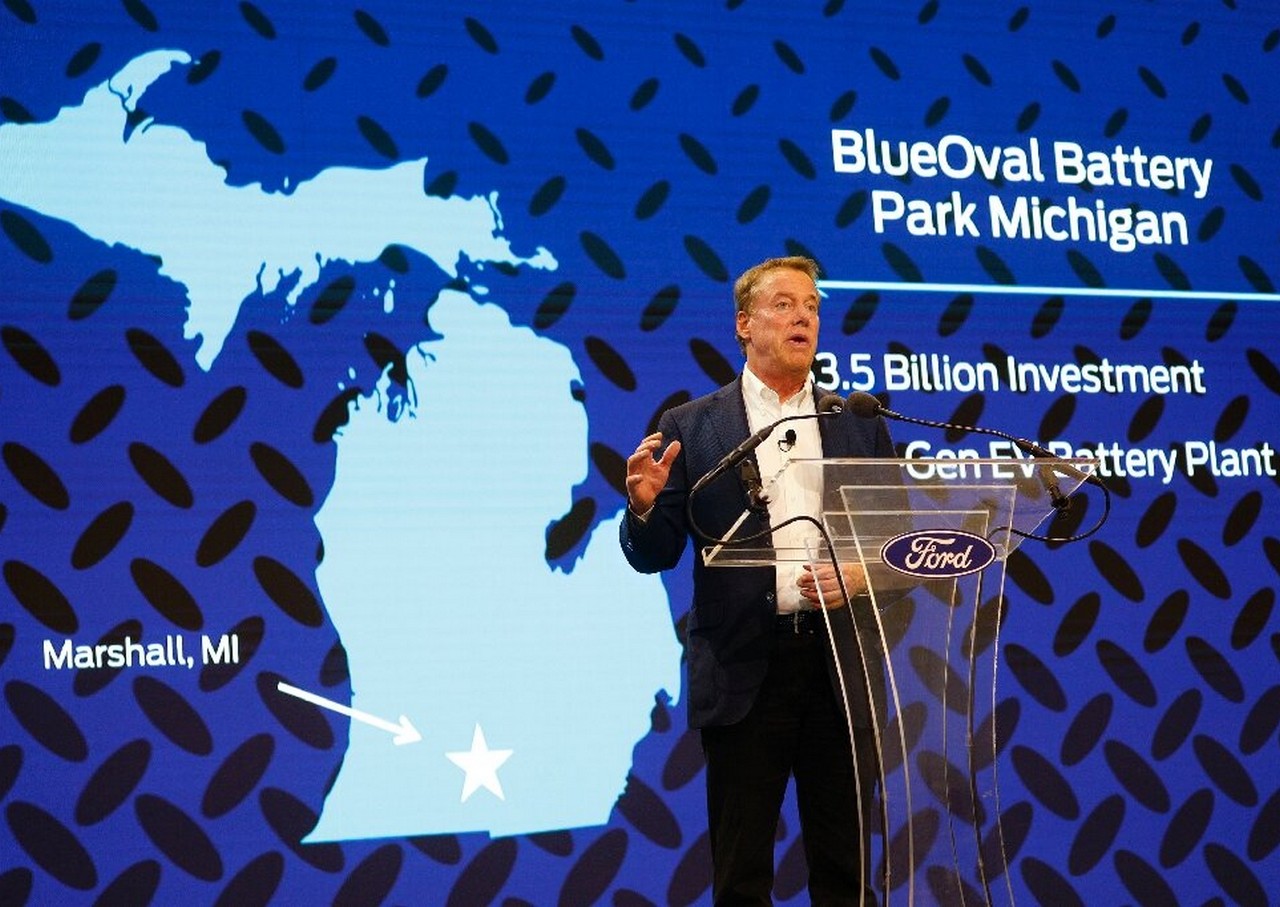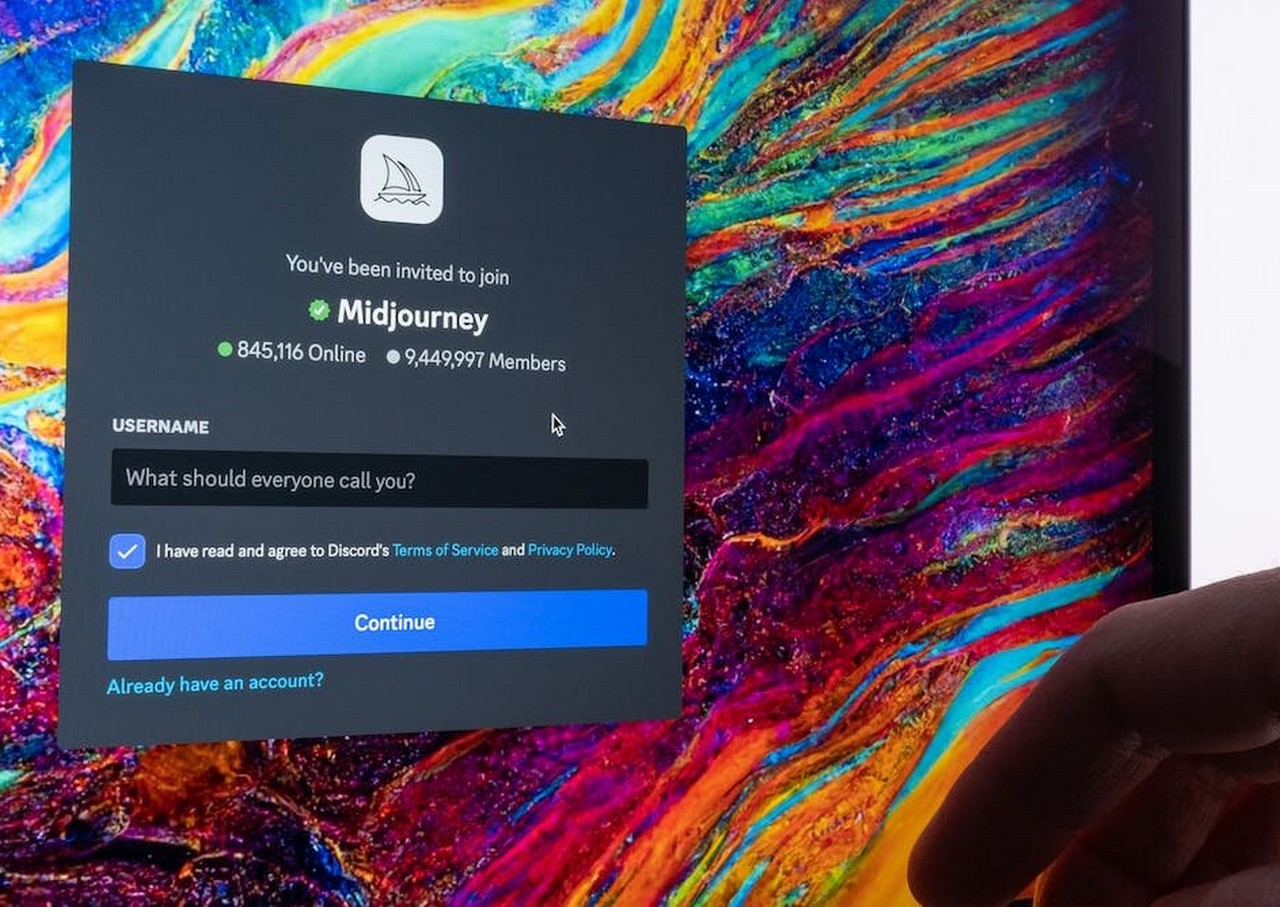Is imitation the sincerest type of flattery, or theft? Maybe it comes all the way down to the imitator.
Textual content-to-image synthetic intelligence techniques akin to DALL-E 2, Midjourney and Secure Diffusion are skilled on enormous quantities of picture information from the net. Consequently, they typically generate outputs that resemble actual artists’ work and magnificence.
It is secure to say artists aren’t impressed. To additional complicate issues, though mental property legislation guards in opposition to the misappropriation of particular person artworks, this does not prolong to emulating an individual’s type.
It is turning into tough for artists to advertise their work on-line with out contributing infinitesimally to the artistic capability of generative AI. Many at the moment are asking if it is potential to compensate creatives whose artwork is used on this approach.
One method from photograph licensing service Shutterstock goes a way in direction of addressing the difficulty.
Outdated contributor mannequin, meet laptop imaginative and prescient
Media content material licensing companies akin to Shutterstock take contributions from photographers and artists and make them obtainable for third events to license.
In these circumstances, the business pursuits of licenser, licensee and inventive are simple. Clients pay to license a picture, and a portion of this cost (in Shutterstock’s case 15%–40%) goes to the artistic who supplied the mental property.
Problems with mental property are lower and dried: if any individual makes use of a Shutterstock picture with no license, or for a function outdoors its phrases, it is a clear breach of the photographer’s or artist’s rights.
Nevertheless, Shutterstock’s phrases of service additionally permit it to pursue a brand new strategy to generate revenue from mental property. Its present contributors’ website has a big give attention to laptop imaginative and prescient, which it defines as: “a scientific self-discipline that seeks to develop strategies to assist computer systems ‘see’ and perceive the content material of digital photos akin to pictures and movies.”
Pc imaginative and prescient is not new. Have you ever ever instructed a web site you are not a robotic and recognized some warped textual content or photos of bicycles? In that case, you’ve got been actively coaching AI-run laptop imaginative and prescient algorithms.
Now, laptop imaginative and prescient is permitting Shutterstock to create what it calls an “ethically sourced, completely clear, and intensely inclusive” AI picture generator.
What makes Shutterstock’s method ‘moral’?
An immense quantity of labor goes into classifying tens of millions of photos to coach the big language fashions utilized by AI picture mills. However companies akin to Shutterstock are uniquely positioned to do that.
Shutterstock has entry to high-quality photos from some two million contributors, all of that are described in some stage of element. It is the right recipe for coaching a big language mannequin.
These fashions are basically huge multidimensional neural networks. The community is fed coaching information, which it makes use of to create information factors that mix visible and conceptual data. The extra data there may be, the extra information factors the community can create and hyperlink up.
This distinction between a group of photos and a constellation of summary information factors lies on the coronary heart of the difficulty of compensating creatives whose work is used to coach generative AI.
Even within the case the place a system has learnt to affiliate a really particular picture with a label, there isn’t any significant strategy to hint a transparent line from that coaching picture to the outputs. We won’t actually see what the techniques measure or how they “perceive” the ideas they be taught.
Shutterstock’s resolution is to compensate each contributor whose work is made obtainable to a business companion for laptop imaginative and prescient coaching. It describes the method on its website:
“We now have established a Shutterstock Contributor Fund, which can instantly compensate Shutterstock contributors if their IP was used within the improvement of AI-generative fashions, just like the OpenAI mannequin, by way of licensing of knowledge from Shutterstock’s library. Moreover, Shutterstock will proceed to compensate contributors for the long run licensing of AI-generated content material by way of the Shutterstock AI content material era device.”
Drawback solved?
The quantity that goes into the Shutterstock Contributor Fund will probably be proportional to the worth of the dataset deal Shutterstock makes. However, after all, the fund will probably be cut up amongst a big proportion of Shutterstock’s contributors.
No matter equation Shutterstock develops to find out the fund’s dimension, it is price remembering that any compensation is not the identical as honest compensation. Shutterstock’s mannequin units the stage for brand spanking new debates about worth and equity.
Arguably an important debates will give attention to the quantity of particular people’ contributions to the “data” gleaned by a skilled neural community. However there is not (and should by no means be) a strategy to precisely measure this.
No picture-perfect resolution
There are, after all, many different user-contributed media libraries on the web. For now, Shutterstock is probably the most open about its dealings with laptop imaginative and prescient tasks, and its phrases of use are probably the most direct in addressing the moral points.
One other large AI participant, Secure Diffusion, makes use of an open supply picture database referred to as LAION-5B for coaching. Content material creators can use a service referred to as Have I Been Educated? to examine if their work was included within the dataset, and decide out of it (however this can solely be mirrored in future variations of Secure Diffusion).
Certainly one of my well-liked CC-licensed pictures of a younger lady studying exhibits up within the database a number of instances. However I do not thoughts, so I’ve chosen to not decide out.
Shutterstock has promised to offer contributors a option to decide out of future dataset offers.
Its phrases make it the primary enterprise of its kind to handle the ethics of offering contributors’ works for coaching generative AI (and different computer-vision-related makes use of). It presents what’s maybe the only resolution but to a extremely fraught dilemma.
Time will inform if contributors themselves contemplate this method honest. Mental property legislation might also evolve to assist set up contributors’ rights, so it may very well be Shutterstock is attempting to get forward of the curve.
Both approach, we are able to count on extra give and take earlier than everyone seems to be blissful.
Offered by
The Dialog







